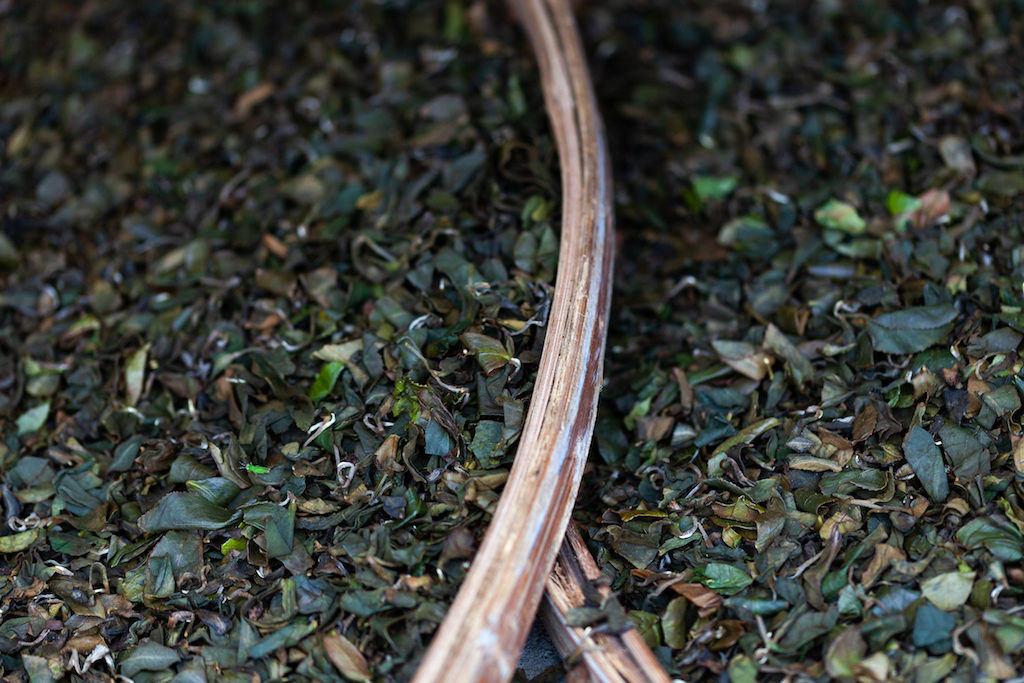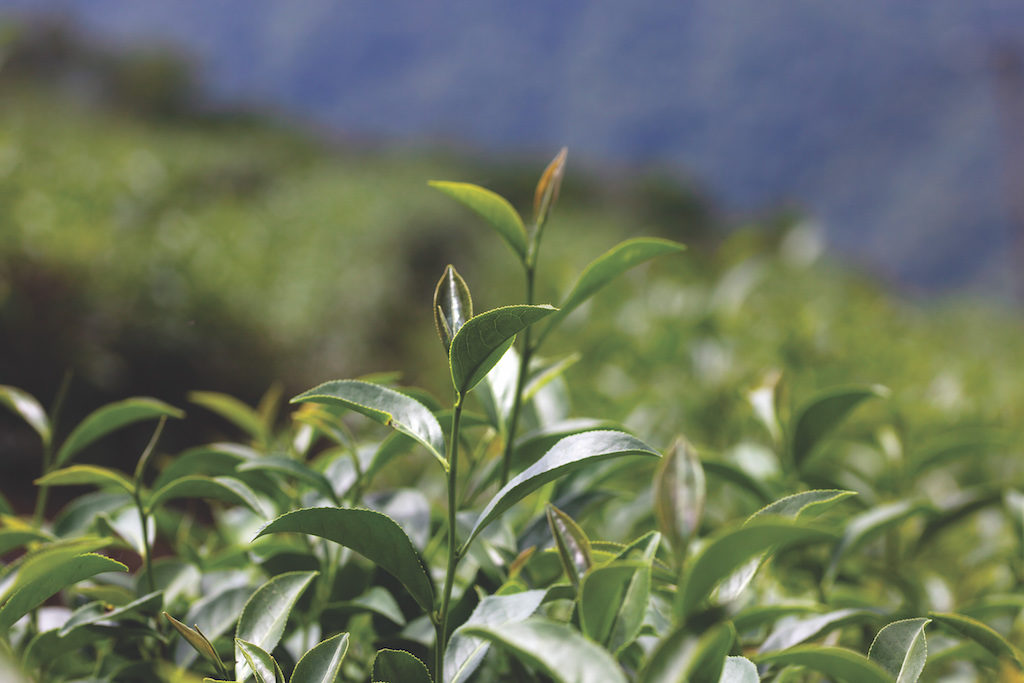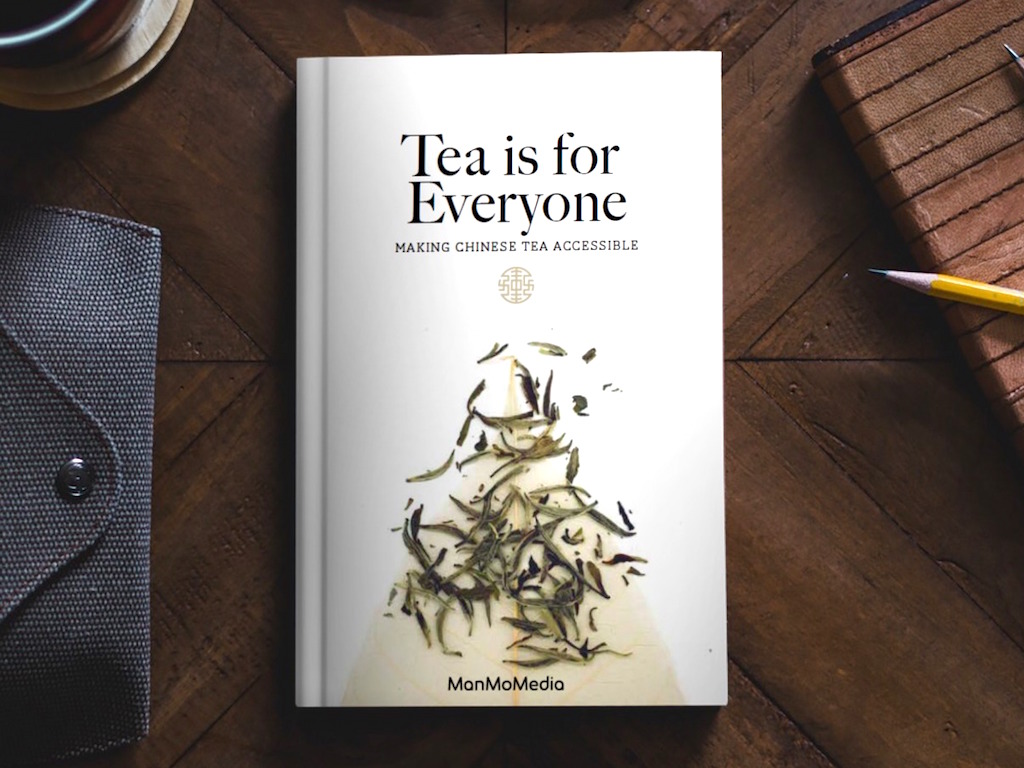“Tea Is For Everyone:” New Guide Book Demystifies Traditional Chinese Tea Culture For International Audience
3 Mins Read
The world of Chinese tea has been for years shrouded in mystery for non-Chinese speakers. Inspired by the fascinating history and rich tradition of tea in mainland Chinese and Taiwanese culture, author Chan Sin Yan with local publisher Man Mo Media unlocks the wealth of age-old knowledge by translating academic tea literature – often only available in Chinese – into a comprehensive, informative English guide book titled Tea is for Everyone: Making Chinese Tea Accessible. With authentic information surrounding Chinese tea and its properties, tea-making processes and medicinal associations hard to come by outside of the Chinese language, this book, to a great degree, opens up tea culture for everyone.
Tea is for Everyone: Making Chinese Tea Accessible does exactly what the title suggests – it opens up to non-Chinese speakers the world of traditional Chinese tea through a comprehensive English guide. Rather than offering generic summaries of the different types of Chinese teas, the book delves deep into the ins and outs of its history, cultivation, tea manufacturing, classifications, the brewing process, and more. Embedding Chinese words into the text alongside its pronunciation in pin yin, the literal translation and indirect meaning behind the characters, it goes beyond what the small basin of English books on this topic typically offers.

One of the key challenges that this book tackles is the mistranslations and misconceptions prevalent in English discussions surrounding Chinese tea. In Chinese history, tea is not just considered relaxing, but is in fact understood as a type of medicine that can help all aspects of one’s life. The character itself – comprised of the individual Chinese characters of “grass”, “wood” and “human” combined in one and pronounced cha – symbolises an entire world of ancient knowledge about the interaction between nature’s gifts and human health. When “tea” entered into the English language, around the time when Western traders picked up the word teh from the Southern Chinese Fujian dialect, much of the cultural depth about the physical nourishing properties of tea became slowly forgotten to non-Chinese speakers throughout the years. help all aspects of one’s life
In an attempt to recover some of this knowledge, many existing English guides on Chinese tea have covered the basic categorisations and flavour profiles of different types of this drink without addressing the basic mistranslation of “red tea” as “black tea“. For many of us Chinese speakers, what is commonly known in the Western world as black tea is called hong cha – literally translating to “red tea”. To try and reclaim the concept of red tea, author Chan Sin Yan distinguishes “black tea” in Chinese tea as dark teas that have in addition to oxidisation gone through a fermentation process.
Yet another misunderstanding addressed in this book is what Chinese tea actually is, all of which must come from the Camellia sinensis tea plant. Under this definition, “tea” varieties that make it in the Western understanding, such as chamomile and rooibos, are technically excluded. And even in the different classifications of tea we’ve gotten it wrong: though we often believe the final colour of brewed tea corresponds to its name (green tea, yellow tea, red tea), it is in fact the processing method that determines its category.

Aside from uncovering the myths that have long shrouded knowledge around this artisanal beverage originating from Asia, the guide offers practical advice from food pairings for different teas to brewing techniques. It shares crucial traditional Chinese beliefs and practices about what time of day to drink tea, which type of tea suits each person’s individual needs and more information that has over the years been circulated via word-of-mouth from mother to daughter and between families and friends.
Tea is for Everyone: Making Chinese Tea Accessible is now available across Hong Kong bookstores (Bookazine, Kelly & Walsh, etc.) and online through Amazon or Man Mo Media’s website.
All images courtesy of Man Mo Media.




